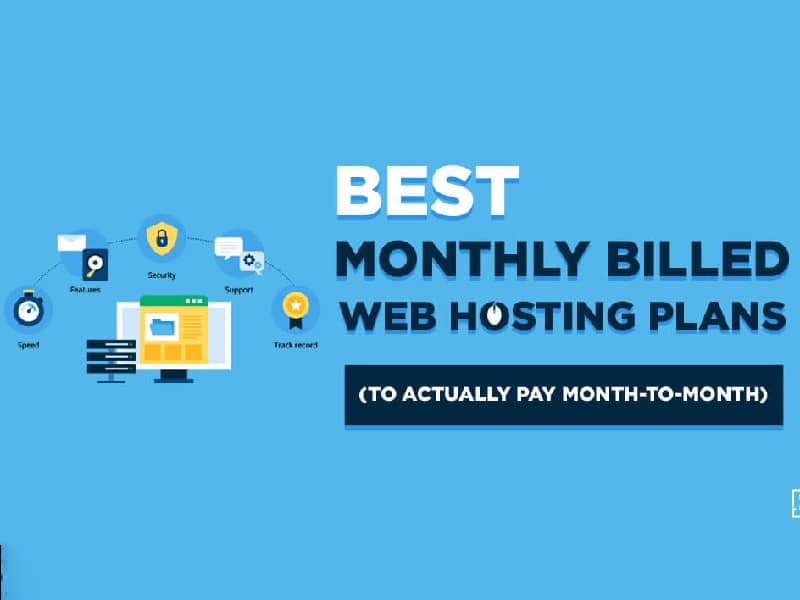Optimizing Image Delivery for Faster Website Load Times and Improved User Experience
Users expect lightning-fast load times, and any delay can lead to higher bounce rates and lost conversions. Images, while essential for enhancing visual appeal and engagement, are often the biggest culprit behind slow-loading websites. This is where a content delivery network (CDN) comes into play.
What is a CDN?
A content delivery network (CDN) is a geographically distributed network of servers that work together to deliver website content, including images, videos, and other static files, to users from the server closest to their location. By caching content on multiple servers worldwide, CDNs reduce the physical distance data needs to travel, resulting in faster load times and reduced latency.

Benefits of Implementing a CDN for Image Optimization
Implementing a CDN for image optimization offers numerous benefits, including:
- Faster Load Times: CDNs significantly reduce image load times by serving content from the server closest to the user, minimizing latency and improving page speed.
- Improved User Experience: Faster load times lead to a smoother and more enjoyable user experience, reducing frustration and encouraging visitors to stay on your website longer.
- Reduced Bandwidth Consumption: By caching and serving content from edge servers, CDNs reduce the load on your origin server, freeing up bandwidth and reducing hosting costs.
- Enhanced SEO Performance: Website speed is a crucial ranking factor for search engines. By improving load times, CDNs can boost your search engine rankings, leading to increased organic traffic.
- Increased Scalability and Reliability: CDNs provide high availability and scalability, ensuring your website can handle traffic spikes and deliver a consistent user experience regardless of location or demand.
How to Implement a CDN for Image Optimization
Implementing a CDN for image optimization is a relatively straightforward process. Here's a step-by-step guide:
- Choose a CDN Provider: Numerous CDN providers are available, each offering different features, pricing plans, and performance levels. Some popular options include Cloudflare, Amazon CloudFront, and Fastly.
- Create an Account and Configure Your CDN: Once you've selected a provider, create an account and configure your CDN settings. This typically involves specifying your website's domain name, selecting a plan, and configuring caching rules.
- Update Your Website's DNS Records: To route traffic through the CDN, you'll need to update your website's DNS records. This usually involves changing your nameservers or creating CNAME records, depending on your CDN provider.
- Integrate with Your Website: Most CDN providers offer plugins or integrations for popular content management systems (CMS) like WordPress, making it easy to integrate the CDN with your website.
- Test and Monitor: After implementing the CDN, thoroughly test your website to ensure images are loading correctly and performance has improved. Monitor your CDN's performance regularly to identify any issues or optimize settings further.
Best Practices for CDN Image Optimization
To maximize the benefits of your CDN for image optimization, consider these best practices:
- Use Image Optimization Techniques: Before uploading images to your website, optimize them for size and quality. Techniques like image compression, resizing, and choosing the appropriate file format can significantly reduce image file sizes without sacrificing visual quality.
- Leverage Lazy Loading: Implement lazy loading to defer the loading of images until they are needed, improving initial page load times and reducing bandwidth consumption.
- Utilize Image Resizing and Adaptation: CDNs often offer image resizing and adaptation features, allowing you to serve different image sizes and formats based on the user's device and browser, further optimizing image delivery.
- Cache Images Effectively: Configure your CDN's caching settings to cache images for an appropriate duration. Longer caching durations can improve performance but may require more frequent cache purging when updates are made.
- Monitor CDN Performance: Regularly monitor your CDN's performance metrics, such as cache hit ratio, latency, and bandwidth usage, to identify areas for improvement and ensure optimal performance.
By implementing these strategies, you can significantly enhance your website's performance, improve user experience, and achieve your business goals.















